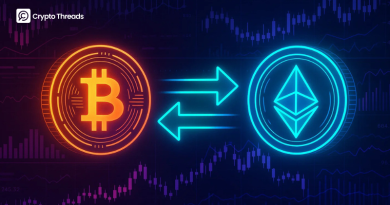The Role of AI in DeFi Yield Farming, Lending, and Arbitrage
The emergence of decentralized finance (DeFi) has revolutionized the conventional financial landscape, providing new avenues for passive income generation, lending, and arbitrage. With the expansion of the DeFi ecosystem, there is an increasing demand for tools that are more efficient and intelligent to help navigate its complexities. Introducing Artificial Intelligence (AI), a groundbreaking technology that is transforming yield farming, lending, and arbitrage in DeFi. This article will examine the ways in which AI is transforming these DeFi strategies and improving their profitability and efficiency.
AI in DeFi Yield Farming
Yield farming in the DeFi space involves providing liquidity to decentralized platforms in exchange for rewards. While this strategy can be highly profitable, it also carries risks such as impermanent loss, market volatility, and platform security vulnerabilities. AI is playing an increasingly important role in optimizing yield farming by:
AI in DeFi Lending
Users can lend their cryptocurrency on DeFi lending platforms and receive interest payments in return. This has made it easier for people to lend and borrow, but it has also brought in dangers like defaults on loans, changes in collateral value, and variations in interest rates. AI contributes to the optimization of DeFi lending through various means:
AI in Crypto Arbitrage
Crypto arbitrage is a trading method whereby traders exploit price differences for the same crypto asset across different exchanges. Arbitrage can be very profitable, but it requires quick execution, and the ability to watch multiple exchanges simultaneously. Here are ways AI can make crypto arbitrage better:
AI’s Role in the Future of DeFi
The future of AI in DeFi looks incredibly promising. With each new iteration, AI technologies will become remarkably more sophisticated, yielding prediction models that are more accurate, insights that are more robust, and risk management that is more precise. Here’s what we can expect to see:



